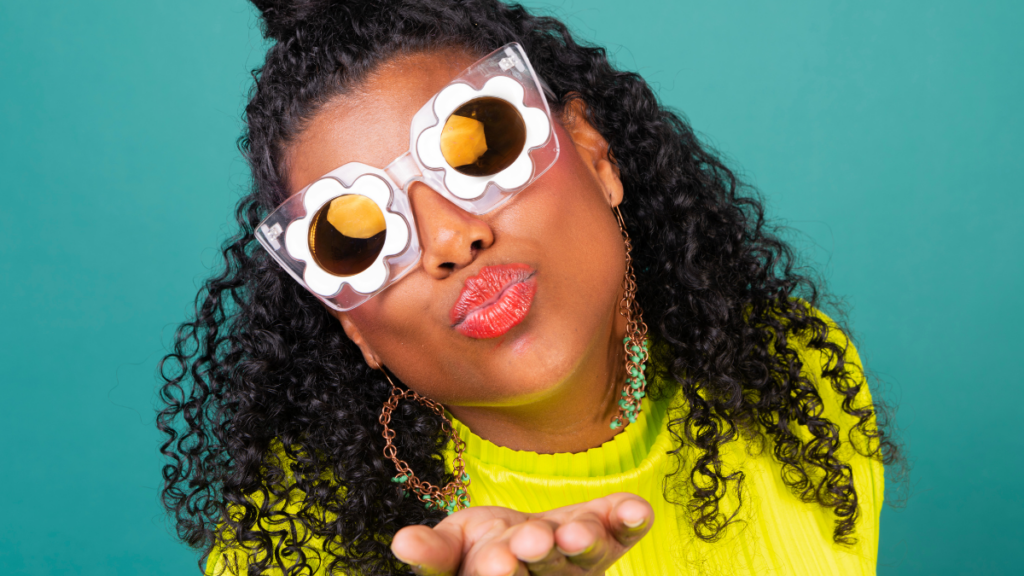Annunci
Fashion for All: Celebrating Diversity and Style in Every Size

Inclusive fashion is a movement breaking barriers and celebrating diversity within the fashion industry. It’s about creating styles that everyone can enjoy, no matter their body type, age, gender, race, or ability.
As you open your wardrobe or shop for new clothes, imagine finding options that are not just beautiful but also accommodate a wide range of individuals.
This shift is not just a trend; it’s a powerful statement that fashion should be accessible to all.
Designers and brands are increasingly recognizing the importance of inclusivity in their lines, ensuring that fashion is not a privilege for the few but a joy for the many.
From adaptive clothing for people with disabilities to a broader size range that respects the reality of the human body’s diversity, the industry is taking steps to make sure everyone is included.
Your personal style can now be a true reflection of who you are, celebrating your unique identity without compromise.
The conversation about inclusive fashion also touches on sustainable practices and ethical production.
As you explore fashion that fits your body and your values, you’ll likely encounter pieces that not only look good but also feel good in terms of their impact on the world.
Uniting style with substance, inclusive fashion invites you to be part of a community that embraces diversity, challenges norms, and shapes a more equitable and vibrant future for fashion.
Defining Inclusive Fashion
Inclusive fashion is an approach that caters to a diverse consumer base, focusing on accessibility and representation in clothing design and marketing.
Concept and Philosophy
You’ll find that inclusive fashion stands on the fundamental belief that fashion should serve everyone, regardless of their body type, age, gender, race, or ability.
Accessibility, representation, and diversity are three pillars of this philosophy.
Brands embracing this belief produce garments that are not only size-inclusive but also sensitive to the needs of individuals with disabilities. For example, clothing may feature:
- Adjustable sizing: to accommodate different body shapes.
- Magnetic closures: for ease of use by individuals with dexterity issues.
- Variety in skin-toned products: to match an extensive range of skin tones.
Evolution and Milestones
The journey of inclusive fashion marks significant milestones:
- 2000s: Introduction of plus-size lines by mainstream retailers.
- 2010s: First adaptive clothing collections for people with disabilities.
- Recent years: Rise in gender-neutral clothing options.
Major brands started to partner with advocacy groups to authentically understand and implement inclusivity in their lines.
Fashion shows began to feature a broader spectrum of models, shattering traditional appearance norms. These steps signify the growing commitment to making fashion available and enjoyable for everyone.
Implementing Inclusivity in Fashion
Implementing inclusivity in fashion means ensuring that everyone has access to clothing that fits their style and needs. This requires action from the initial design to the point of sale.
Design and Production
When you create clothing, prioritizing a wide range of body types is essential. This can be achieved through:
- Adaptive Features: Incorporating adjustable elements, such as elastic waists or magnetic closures, to accommodate different abilities.
- Size Inclusivity: Offering an extensive range of sizes that truly fit and flatter all body shapes.
Marketing and Representation
Marketing your brand inclusively means showing a diverse range of people in your campaigns. This includes:
- Diverse Models: Hiring models of various sizes, ages, ethnicities, and abilities.
- Authentic Imagery: Using unedited photos to showcase real bodies and skin types.
Retail and Accessibility
Finally, your store environment and shopping platforms should welcome everyone. Key strategies include:
- Accessible Stores: Ensuring physical spaces are wheelchair-friendly and have signage for those with visual impairments.
- Online Inclusivity: Creating easy-to-navigate websites with accessible design features, like screen reader compatibility and alternative text for images.
